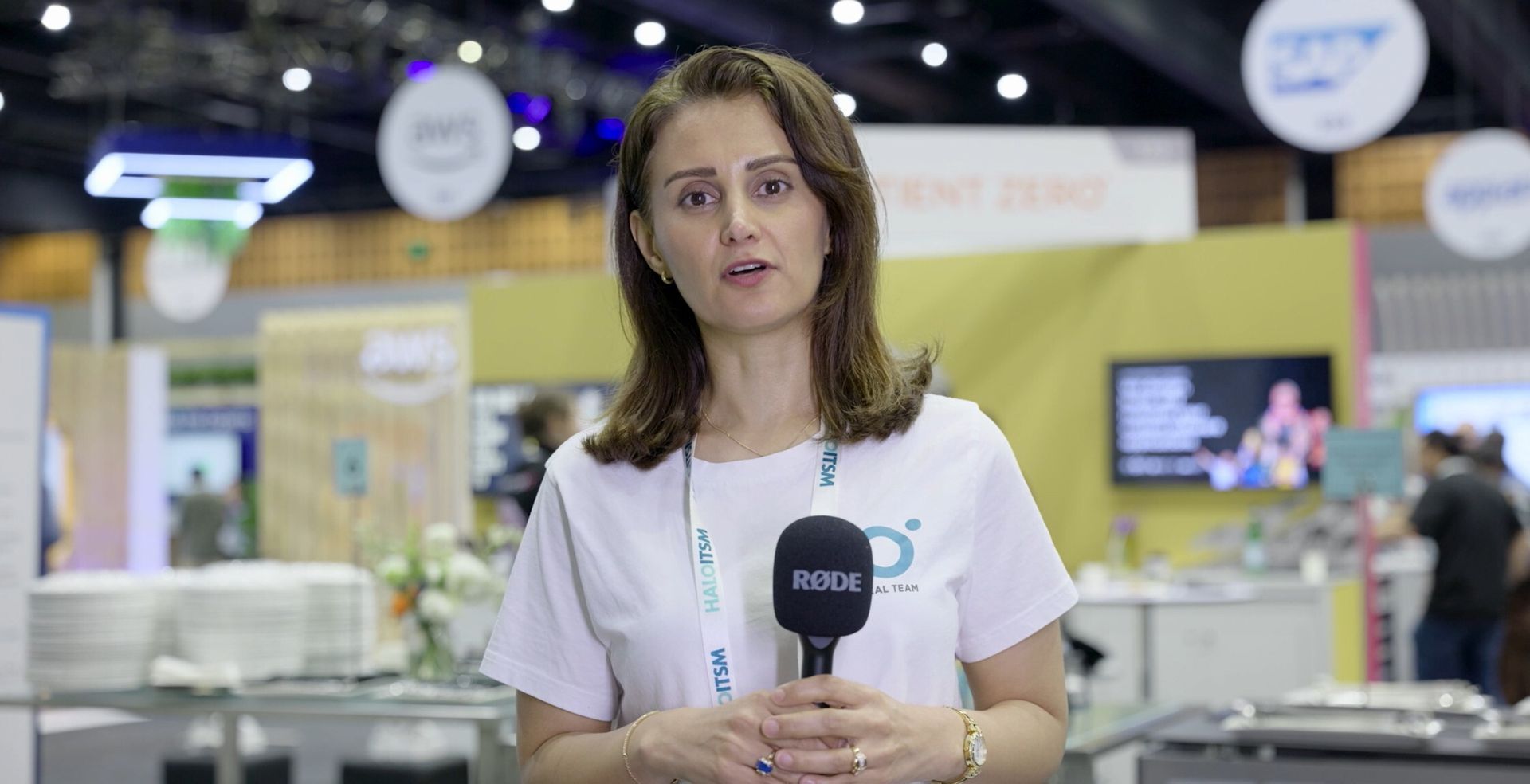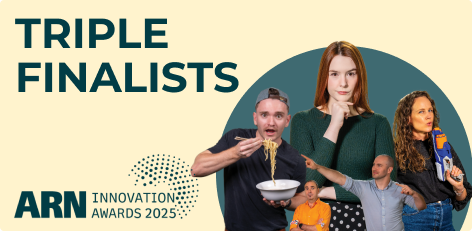Running AI locally when GPT-4 goes crazy
One of the features of life working at PZ is our brown bag lunch and learn sessions; presentations by staff on topics of interest – sometimes, but not always technical, and hopefully amusing-as-hell.
Yesterday we took a break from discussing the book Accelerate and the DORA metrics to take a whirlwind tour of the current state of play running “open source” generative AI models locally.
Although this talk had been ‘in the works’ for a while, one challenge was that it needed to constantly be revised as the state of AI and LLMs changed. For example, the Stable Video Diffusion examples looked kind of lame in comparison to OpenAI’s Sora videos (released less than a week ago) and Groq’s amazing 500 token-per-second hardware demo on Monday/Tuesday, and the massive context size available now in the Gemini 1.5 models (released a few hours before OpenAI announced Sora...coincidence? An effort by OpenAI to steal back the limelight! Surely NOT!). And now a day later, with the paint still drying on a highly amusing slide-deck for the talk, Google releases their “open-source" Gemma models!
The day itself presented an excellent example of why having more control of your models might be a good thing. ChatGPT 4 users began reporting “crazy” and highly amusing responses to fairly normal questions. We became alerted to this when one of our own staff reported on our internal Slack about a crazy response she received to a question about the pros and cons of some API design choices. The response she got back started normally enough, but then began to seem to channel Shakespeare’s Macbeth and some other olde English phrases and finished thusly.
"Choose the right charm from the box* dense or astray, it’ll call for the norm. Your batch is yours to halter or belt. When in fetch, marry the clue to the pintle, and for the after, the wood-wand’s twist'll warn it. A past to wend and a feathered rite to tend. May the gulch be bygones and the wrath eased. So set your content to the cast, with the seal, a string or trove, well-deep. A good script to set a good cast. Good health and steady wind!"
The sample JSON payload was also in keeping with the rest of the answer.
{
"htmlContent": "<p>Your HTML here</p>",
"metadata": {
"modifiedBy": "witch-of-the-wood",
"safety": "sanitized",
"mood": "lunar"
}
}
Hubble, bubble, toil and trouble. Although there were no reports of the GPT4 API being affected by this (only ChatGPT) it might have given people developing automated stock trading bots using GPT4 a reason to pause and contemplate what might have been if their stock portfolio now consisted of a massive long position on Griselda’s Cauldron Supplies.
As ChatGPT would say, Good health and steady wind.
Share This Post
Get In Touch
Recent Posts





